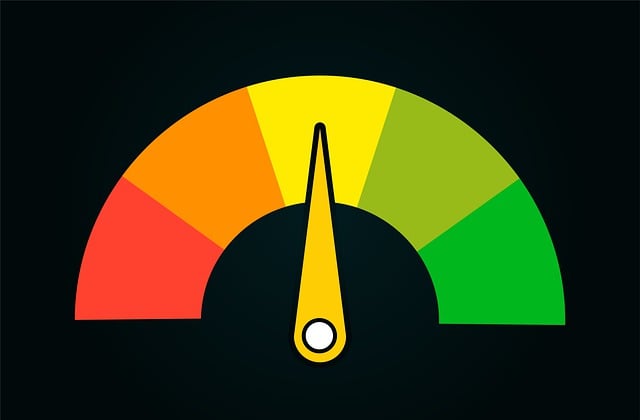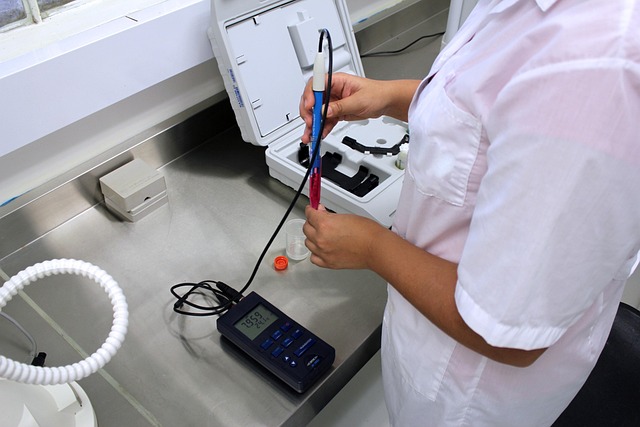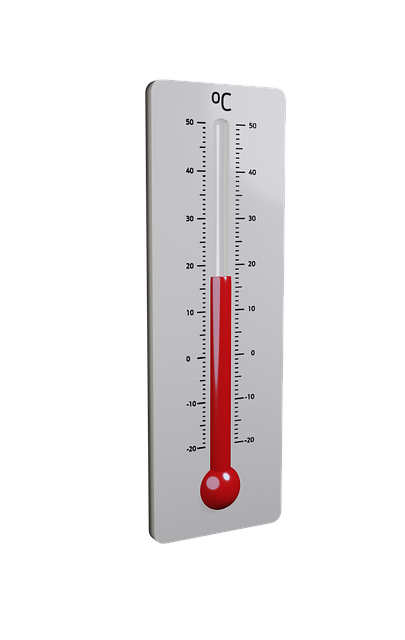Our bodies cool through sweating, blood flow regulation, and metabolic adjustments in hot environments. Short-term relief includes shade, water, and cold showers. Long-term strategies involve energy conservation, understanding dew point, digital control, and outdoor activities during cooler times. Addressing both individual well-being and environmental factors is crucial to managing temperature.
In scorching environments, swiftly lowering your body temperature is crucial for heatstroke prevention. This article guides you through effective strategies to achieve this. First, understand your body’s natural cooling mechanisms and how they work. Then, learn immediate actions for quick temperature reduction, such as cool showers or shade seeking. Finally, explore long-term strategies like hydration and lightweight clothing to beat the heat effectively and maintain optimal temperature year-round.
- Understand Your Body's Cooling Mechanisms
- Immediate Actions for Quick Temperature Reduction
- Long-Term Strategies to Beat Heat Effectively
Understand Your Body's Cooling Mechanisms

Our bodies are equipped with several mechanisms to help regulate and lower our core temperature in hot environments. Understanding these natural cooling processes is key to knowing how to effectively drop your body temperature quickly when facing high temperatures. One primary method is through perspiration, where sweat evaporates from our skin, carrying heat away from the body. This process is especially effective in low relative humidity environments, as the air can better absorb and dissipate the heat released by evaporation.
Another crucial aspect is blood flow regulation. Our bodies adjust blood circulation to direct more blood to the skin’s surface, where it can release heat into the environment. This is why you might notice your face becoming flushed when you’re hot—a sign that your body is working to cool down through increased surface area and enhanced heat transfer, which includes heat transport effects that can be optimized for biological processes in extreme conditions. Additionally, our bodies can lower temperature internally through various metabolic adjustments and temperature-dependent reactions, playing a significant role in maintaining homeostasis, especially during prolonged exposure to high temperatures.
Immediate Actions for Quick Temperature Reduction

In a hot environment, immediate actions can significantly lower your body temperature quickly. One effective method is to seek shade or enter an air-conditioned space as soon as possible. Wearing lightweight, breathable clothing made from natural fabrics like cotton or linen can help prevent excessive sweating and provide better cooling. Staying hydrated by drinking plenty of water is crucial; the efficient energy conversion that occurs when your body regulates temperature relies on adequate fluid intake.
Additionally, cool down by taking cool showers or immersing yourself in cold water, such as a pool or lake. These actions aid in reducing surface temperature, which can have a cascading effect on overall body cooling. If you’re outdoors and unable to access air conditioning or shade, try fanning yourself or carrying a spray bottle filled with cold water to mist over your skin. Remember, during exoplanet research or stargazing observations, where you might be outdoors for extended periods, visiting us at [thermometer reading anytime] can provide insights into real-time temperature levels and help you make informed decisions for quick temperature reduction.
Long-Term Strategies to Beat Heat Effectively

To effectively combat high temperatures over the long term, it’s essential to adopt strategies that target both individual well-being and environmental factors. For starters, prioritizing energy conservation in daily life can significantly impact your human body temperature. Simple measures like sealing gaps in insulation, using energy-efficient appliances, and practicing mindful energy usage reduce heat gain within homes and buildings.
Additionally, understanding the dew point calculation—a metric indicating atmospheric moisture levels—can provide valuable insights into when and how to dress appropriately. Utilizing digital readouts for temperature control in your living spaces also allows for precise adjustments, keeping you cool without wasting energy. For a holistic approach, consider outdoor activities during cooler parts of the day and visit us at sea level rise implications anytime to explore innovative solutions that enhance comfort and resilience in hot environments.
In extreme heat, quickly lowering your body temperature is crucial for comfort and safety. By understanding your body’s natural cooling mechanisms and implementing immediate actions like seeking shade, staying hydrated, and wearing light clothing, you can achieve rapid temperature reduction. For long-term effectiveness, adopt strategies such as acclimating to the environment, maintaining a balanced diet, and regular exercise to enhance overall heat tolerance. Remember, knowing how to lower your body temperature quickly is an essential skill in hot environments, ensuring your well-being and enjoyment.





Leave a Reply